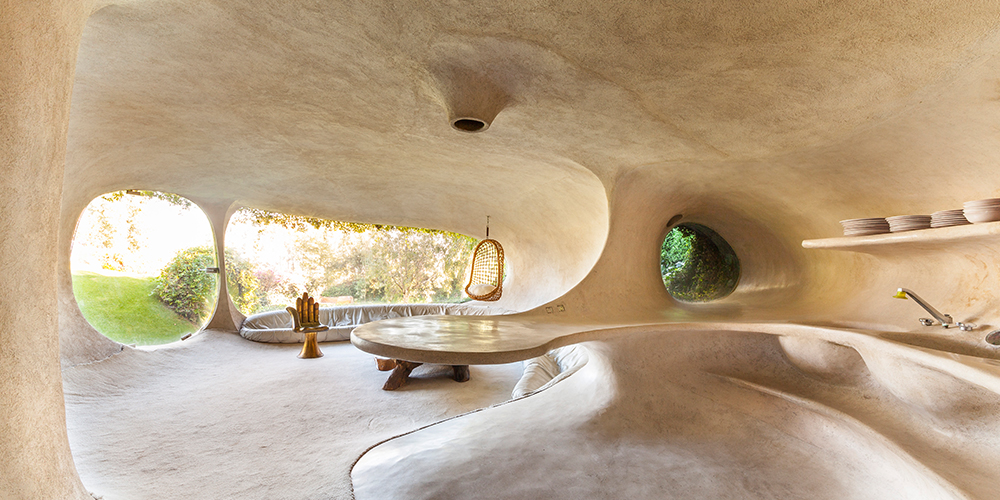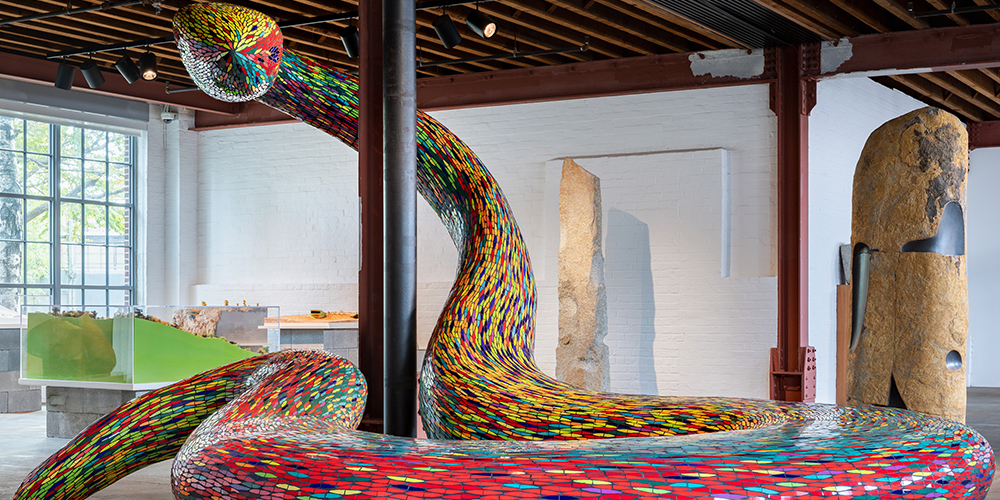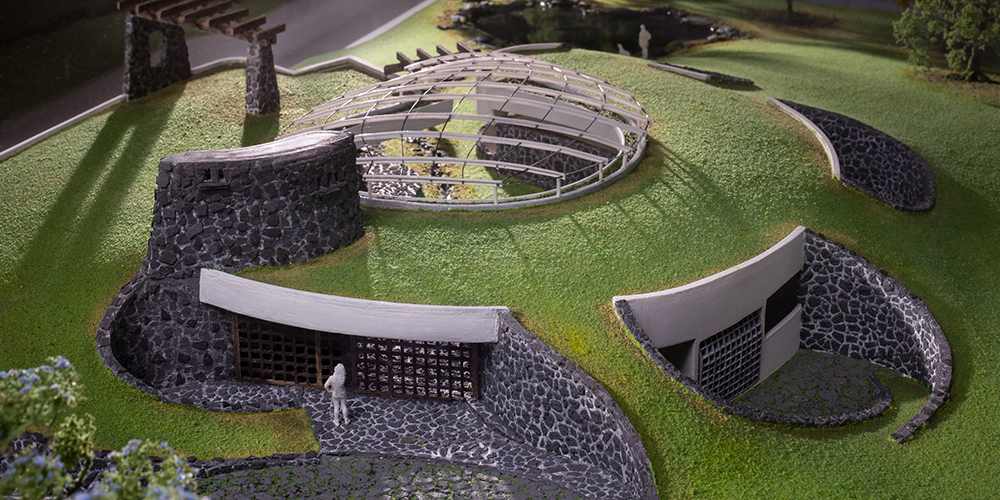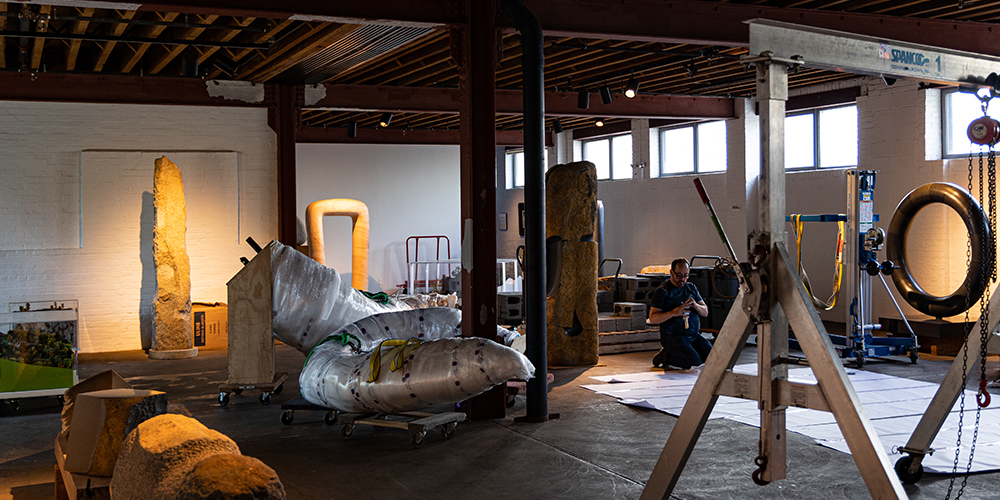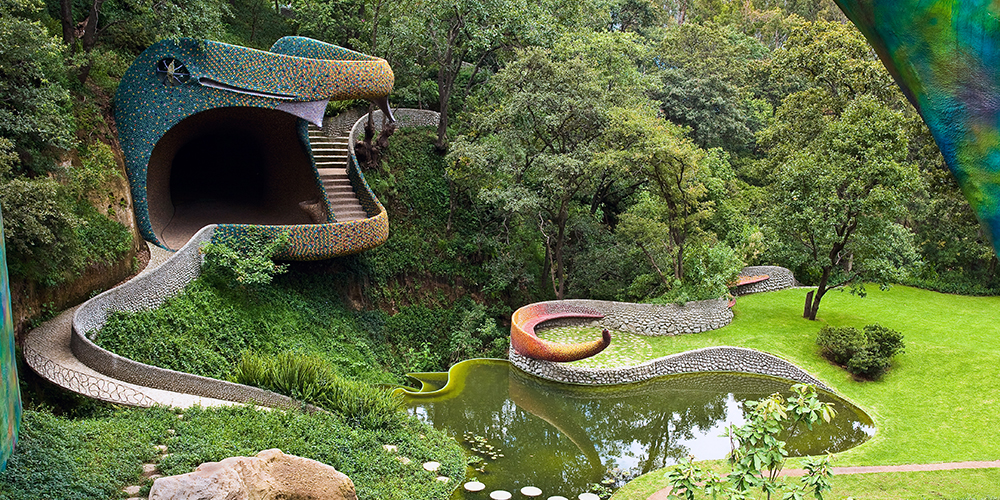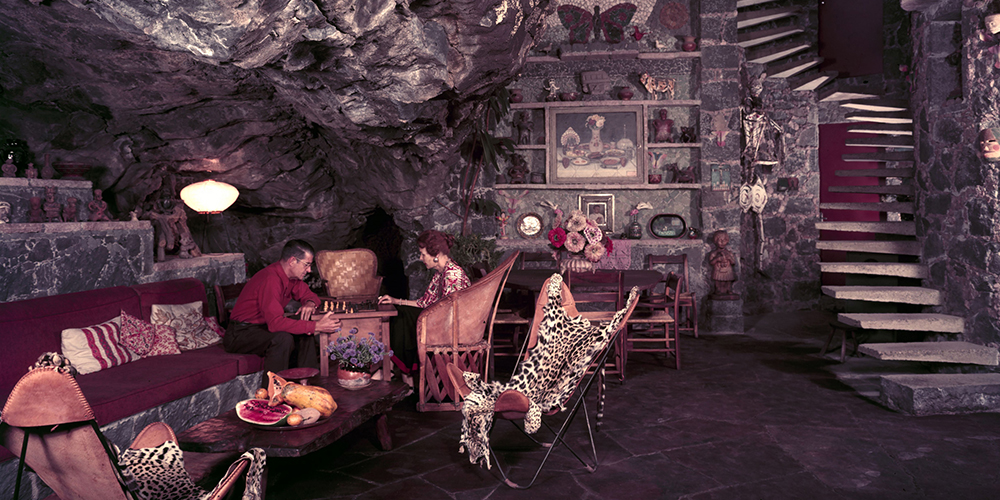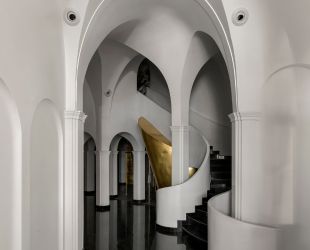Design
In Praise of caves— The Isamu Noguchi Foundation and Garden Museum presents the project ‘In Praise of Caves: Organic Architecture Projects from Mexico by Carlos Lazo, Mathias Goeritz, Juan O’Gorman, and Javier Senosiain
FEB 2, 2023 | By Tamanna Doctor
“I believe empathy is the most essential quality of civilization.” ― Roger Ebert.
The Isamu Noguchi Foundation and Garden Museum, founded in 1985 by artist Isamu Noguchi, presents In Praise of Caves: Organic Architecture Projects from Mexico by Carlos Lazo, Mathias Goeritz, Juan O’Gorman, and Javier Senosiain, an exhibition spanning multiple galleries on The Noguchi Museum’s first floor. The ongoing exhibition will last till February 26, 2023. It represents alternative visions for approaching the relationship between human-built and natural environments that emerged in Mexico in the middle of the twentieth century, especially relevant today as the climate crisis accelerates..
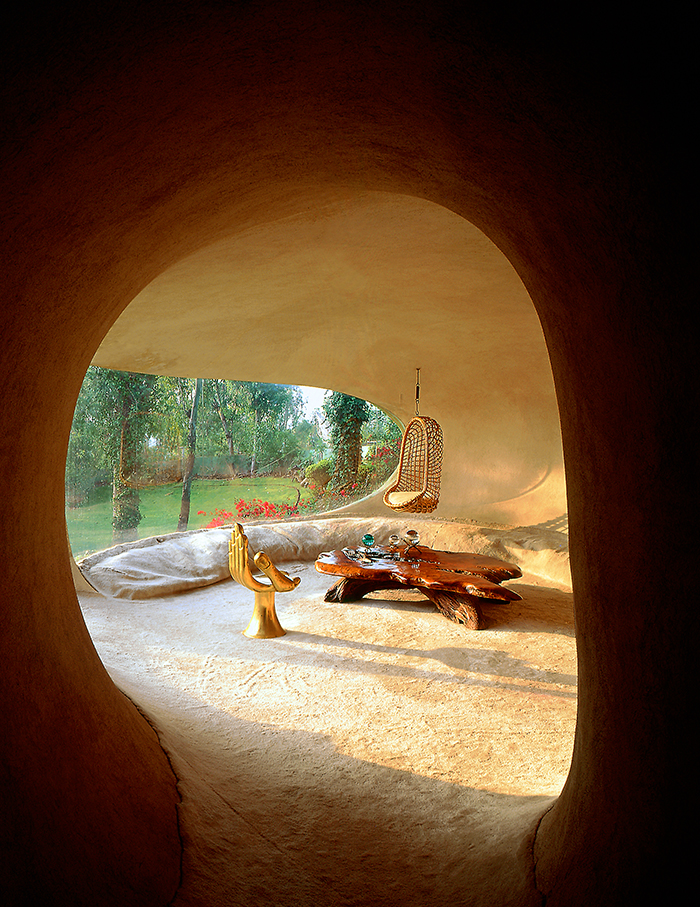
The title In Praise of Caves is inspired by a chapter of Rudofsky’s The Prodigious Builders: Notes Towards a Natural History of Architecture (1977), a follow-up to his Architecture without Architects (1964). He states that there is nothing primitive or backwards about living in caves. The crux of the text encompasses the fact that the only plausible way out of the mess that has been created by humans is to go underground.
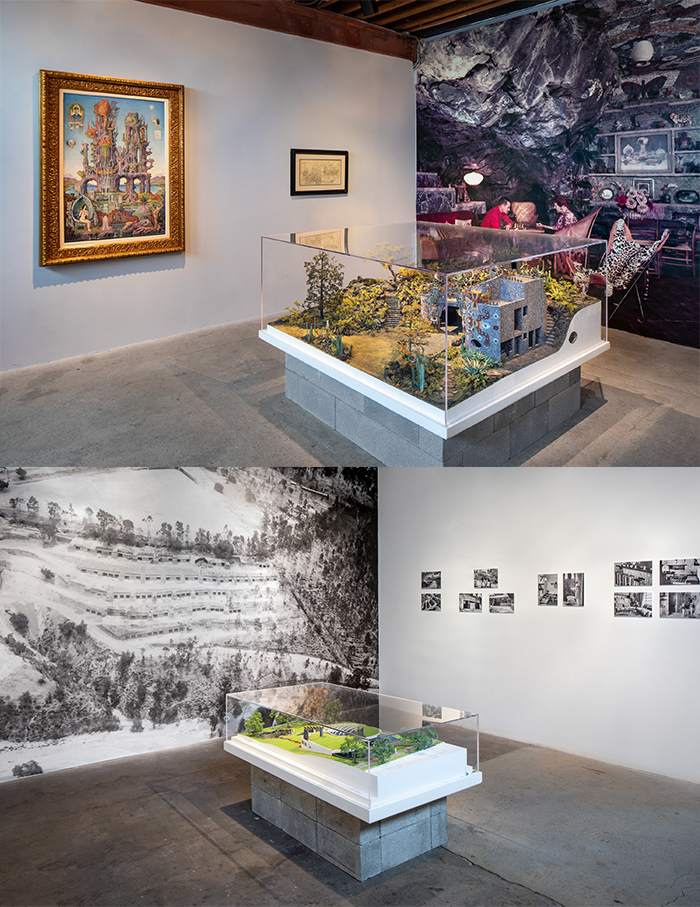
The exhibition begins in the museum’s open air pavilion. A copy of El Serpiente de El Eco (The Serpent for El Eco), a 30 ft long, 16 ft tall snake that Mathias Goeritz designed for his experimental museum El Eco (1952–53) in downtown Mexico City is placed in Noguchi’s indoor-outdoor rock garden. The snake represents a natural and ecologically sound path to the future. The serpent is accompanied by a nest of snakes and more select works in adjoining galleries. A third space, posed as a cave mouth, features celestial oriented work.

In the centre of the gallery on the first floor is a large mosaic covered serpent installed by Javier Senosiain, a scholar of bio-architecture and principal champion of his predecessors’ legacy. The exhibition also houses more conceived and unconceived works including the first home he built himself, namely Casa Orgánica (Organic House).
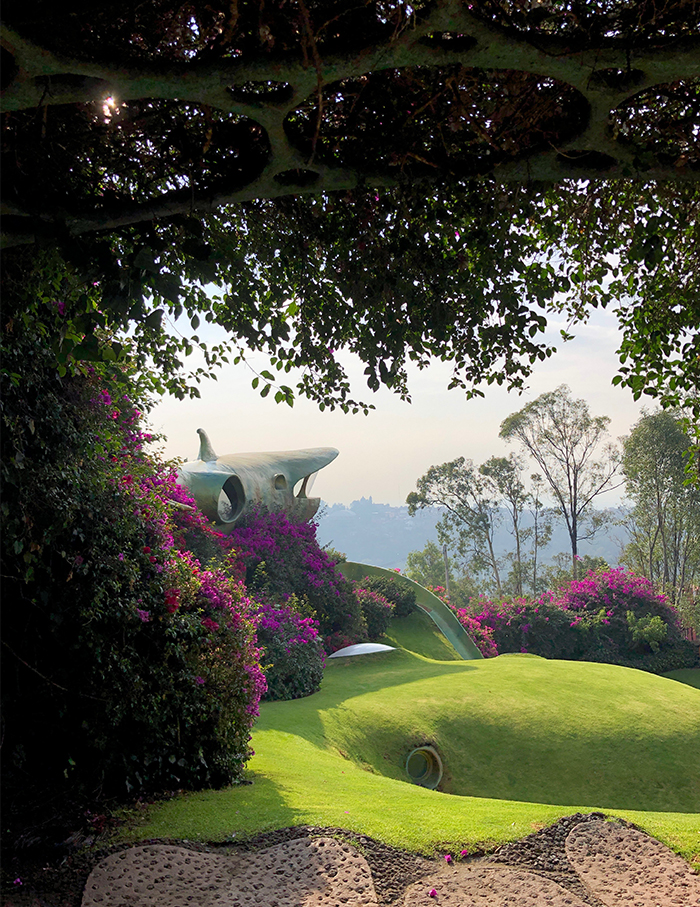
Another gallery is devoted to architect Carlos Lazo’s modern cave home La Casa-Cueva de la Era Atómica (The Cave-House of the Atomic Age) in Lomas de Chapultepec, Mexico City. Recognising the need to adapt to the natural topography and the crucial role of natural resources in it, the works are presented through archival photographs and a model fabricated by Javier Senosiain’s firm Arquitectura Orgánica.

Last but not the least, the featured artist Juan O’Gorman is best known for his apocalyptic works in relation to the troubles of humanity with mother earth. Select works focusing on the former have been included. The main focus is a new model of the home O’Gorman made for his family, which was built around a lava cave in the Pedregal neighbourhood of Mexico City, along with initial drawings for the home. The space was where he and his wife decided to study subterranean dwelling first hand.
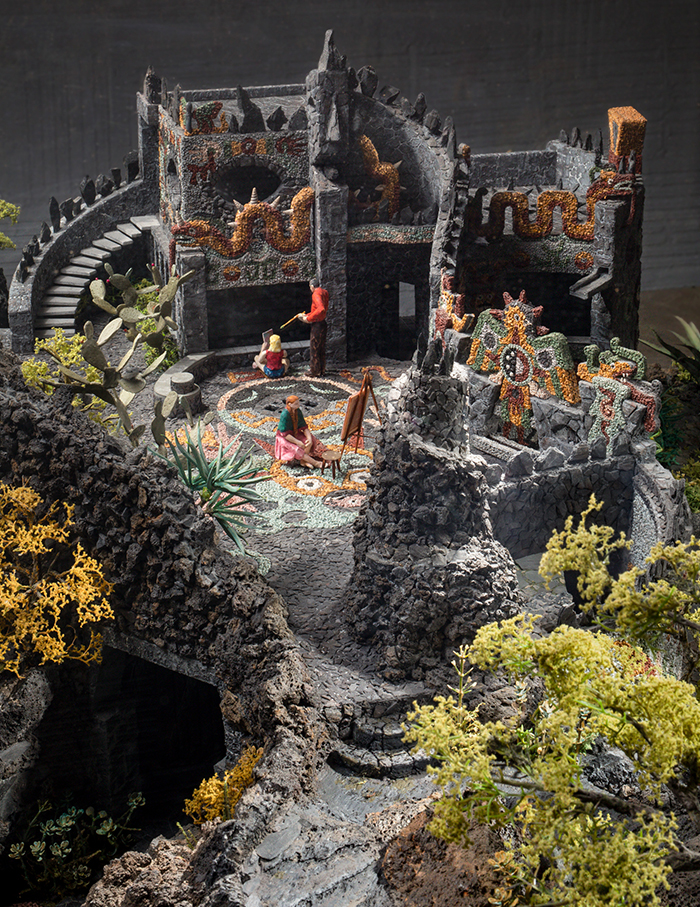
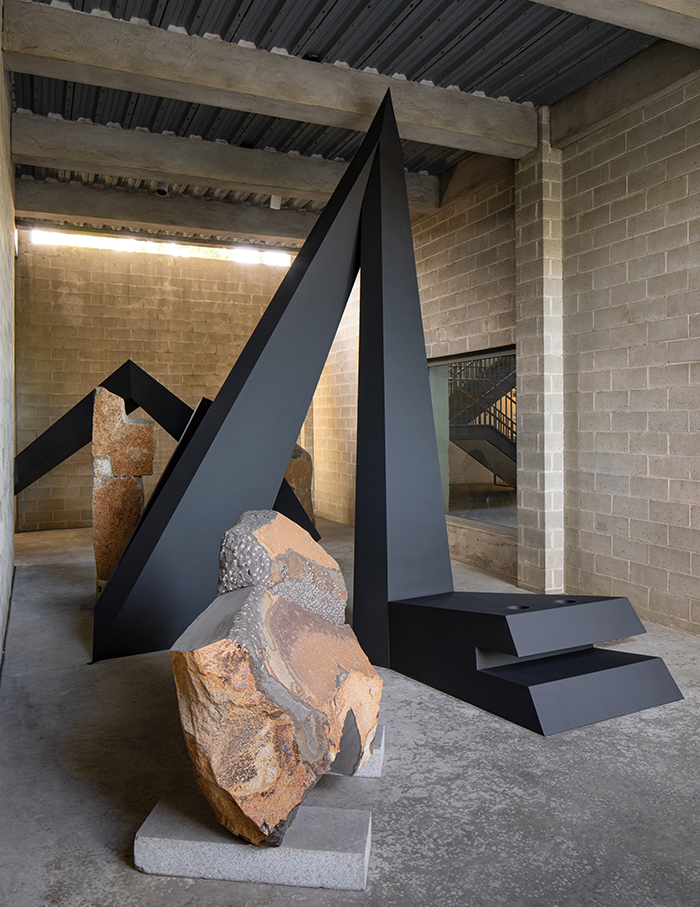
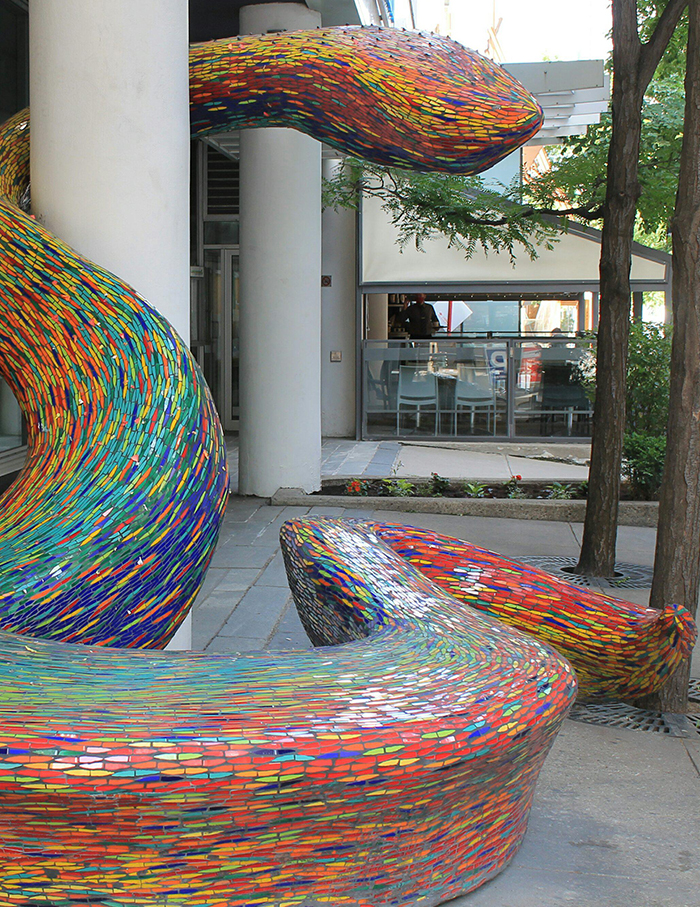
You may also like: PortsideCafé Furniture Studio over the years…


